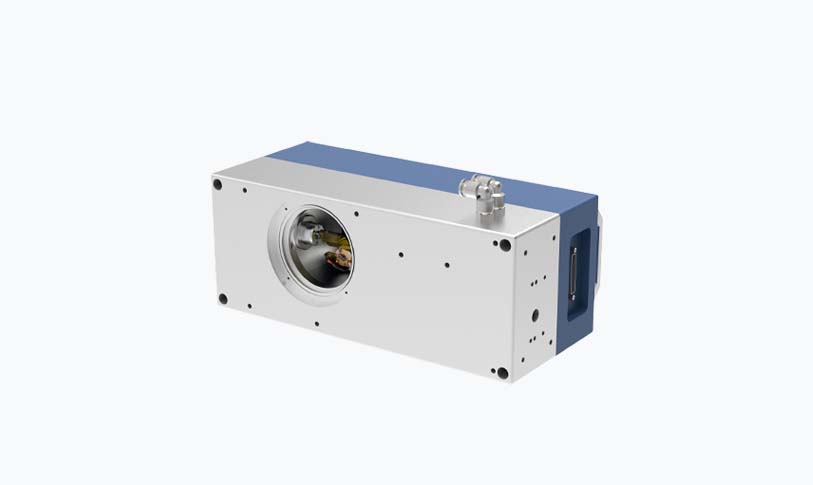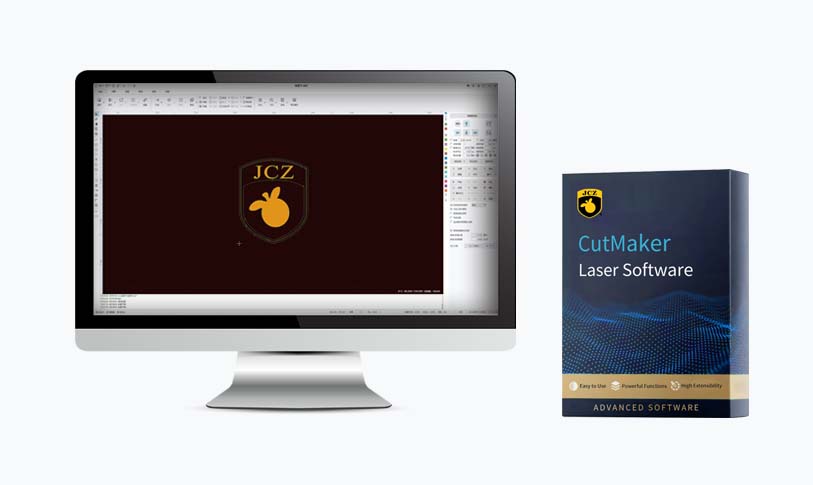
Exploring the Versatile Applications of Small CO2 Lasers in Modern Technology and Industry
****
The advancement of laser technology has significantly influenced numerous fields, setting the stage for innovation and efficiency in industries ranging from manufacturing to healthcare. Among the many types of lasers, small CO2 lasers have emerged as a powerful tool due to their unique attributes and extensive applications. This article will delve into what small CO2 lasers are, how they function, and their diverse applications in various sectors.
What are Small CO2 Lasers?
CO2 lasers, developed in the mid-1960s, utilize carbon dioxide as the primary lasing medium. These lasers emit wavelengths primarily in the infrared spectrum, typically around 10.6 micrometers. Small CO2 lasers are compact, portable versions of traditional CO2 lasers, making them ideal for applications that require mobility and ease of use. With advancements in technology, these smaller variants have become more efficient and accessible, allowing users to harness laser capabilities without the bulk and complexity of larger systems.
How Do Small CO2 Lasers Work?
Small CO2 lasers operate on the principle of gas excitation. When an electrical discharge excites the CO2 gas, it produces infrared light through a stimulated emission process. The emitted light is then amplified and focused using mirrors and lenses to achieve the desired intensity and precision. The beam produced by small CO2 lasers can vary in power, typically ranging from a few watts to several tens of watts, allowing for customization depending on the application.
Applications of Small CO2 Lasers
1. **Industrial Use and Manufacturing**
One of the standout applications of small CO2 lasers is in the industrial sector, particularly for cutting and engraving materials. These lasers are particularly adept at working with non-metal materials such as acrylic, wood, fabric, and paper. Their ability to create precise cuts and intricate engravings has revolutionized product design and prototyping. In addition, small CO2 lasers are also utilized in the fabrication of electronic components and circuit boards.
2. **Medical Applications**
The medical field has greatly benefited from the capabilities of small CO2 lasers. In surgical settings, these lasers are employed for procedures like skin resurfacing, tumor removal, and cosmetic interventions. The precision of small CO2 lasers minimizes damage to surrounding tissues, allowing for quicker recovery times and reducing the risk of infection. Their application in dermatology has also led to improved outcomes in scar treatment and wrinkle reduction.
3. **Laser Marking and Printing**
Small CO2 lasers are widely used in laser marking and printing applications across various industries. They enable high-quality, permanent markings on products such as packaging, labels, and promotional items. For instance, small CO2 lasers can etch logos, barcodes, and serial numbers on diverse surfaces, providing durability and resistance to fading. This capability is crucial for branding and enhancing product traceability in the marketplace.
4. **Arts and Crafts**

Exploring the Versatile Applications of Small CO2 Lasers in Modern Technology and Industry

Exploring the Versatile Applications of Small CO2 Lasers in Modern Technology and Industry
The creative industry has adopted small CO2 lasers for various artistic endeavors. Artists and crafters use these lasers for cutting intricate designs in wood, acrylic, and other materials to create stunning works of art. Small CO2 lasers have also found a place in the fabric industry, allowing designers to create customized patterns and shapes in textiles. The precision and versatility of these lasers enable artisans to push the boundaries of creativity.
5. **Research and Development**
Small CO2 lasers are instrumental in research and development environments, especially in scientific explorations and educational institutions. They are used for experiments requiring precision measurements and material interactions, such as spectroscopy and material analysis. Additionally, the portability of small CO2 lasers makes them ideal for field studies and mobile laboratories.
Conclusion
Small CO2 lasers have established themselves as a crucial tool across a variety of disciplines, from industrial applications to healthcare and beyond. Their compact design, precision, and versatility enable them to perform tasks that were once only possible with larger, more cumbersome systems. As technology continues to advance, the potential applications for small CO2 lasers are likely to expand, further enhancing their importance in our modern world. This continued evolution represents an exciting frontier in laser technology, promising even greater innovation in the years to come.30 watt fiber laser


